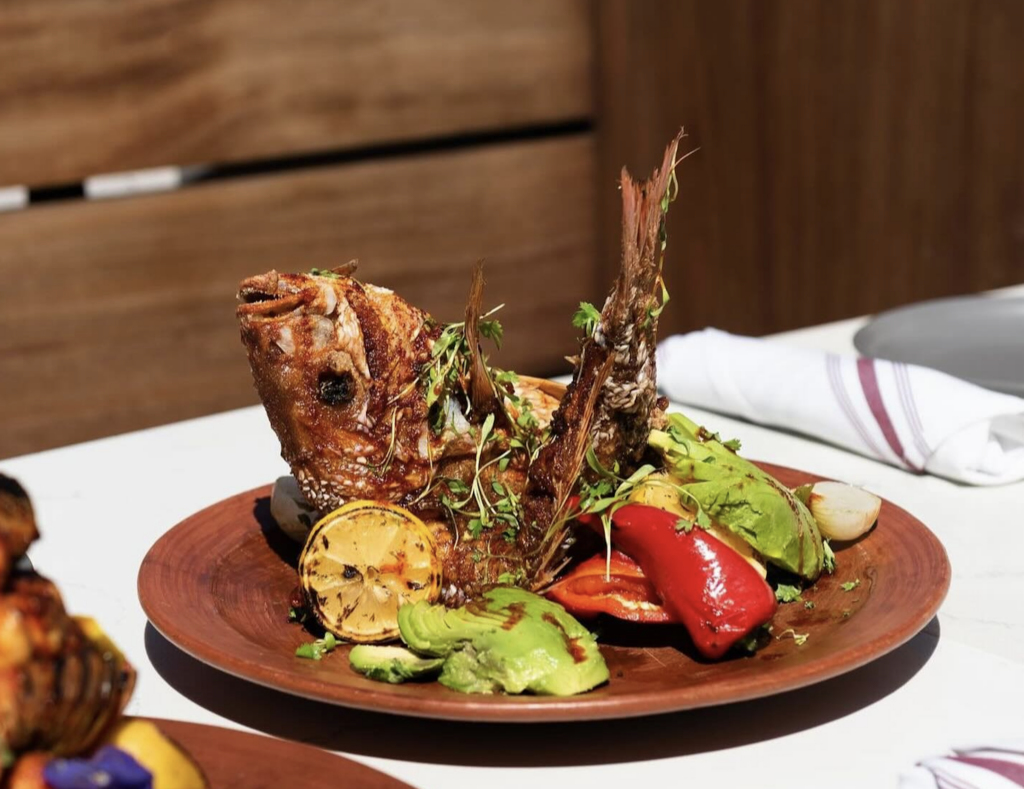Image: Flor de Maiz’s Summer Catch of the Season: Whole Red Snapper
As the calendar flips to January, we’re welcomed by a fresh start and a slower pace. It’s Slow Food Month—a time to celebrate an international movement dedicated to preserving local food cultures, encouraging sustainable farming, and slowing down to savor each bite. For restaurateurs, it’s an ideal moment to reflect on how this philosophy can enrich your menu and resonate with your customers.
The Roots of the Slow Food Movement
The Slow Food movement started in Italy in 1986 by Carlo Petrini. The movement was fueled by the desire to preserve local culinary traditions, promote sustainable agriculture, and maintain regional flavors.
This initiative quickly evolved into a comprehensive approach involving thousands of projects and millions of people across over 160 countries. The core philosophy is that food should be good, clean, and fair.
What Does Slow Food Mean for Restaurants?
Incorporating slow food into your menu is about selecting the right ingredients and embracing a story and a heritage. It’s a commitment to showcasing high-quality, locally sourced ingredients that are produced in harmony with the environment and support local economies. Here’s how you can integrate slow food principles into your restaurant:
- Partner with Local Farmers and Artisans: Build relationships with local growers and producers to source seasonal ingredients. Highlighting these partnerships on your menu can also educate your customers about the origin of their meals and the benefits of supporting local industries.
- Feature Traditional Recipes: Dedicate a section of your menu to traditional dishes that reflect the culinary heritage of your restaurant’s cuisine. This could be as simple as explaining how your marinara sauce is made in the traditional way.
- Educate Your Staff and Guests: Knowledge is a key component of the slow food movement. Train your staff to understand and convey the stories behind the dishes you serve. This can enhance the dining experience and inspire a deeper appreciation for the ingredients and methods used.
- Host Slow Food Events: Consider hosting special dinners that focus on slow food themes, such as heirloom varieties, wild foraging, or traditional fermenting techniques. These events can be educational and immersive, providing a full experience of what slow food stands for.
- Sustainable Practices: Highlight sustainable practices in your kitchen and operations. This can range from how you reduce waste, compost, recycle, conserve water, or use energy-efficient appliances. Every step towards sustainability supports the ethos of slow food.
Here are a few examples from some of our clients of how to highlight slow food aspects of a menu:
Pizza Antica: Pizza Antica is emblematic of a slow food restaurant. In their about section they highlight these goals, a perfect encapsulation of the slow food values. “Our goal was to evoke the feeling of eating in a classic Roman pizzeria, while cooking with pristine local ingredients from small family farmers.” Their homepage mentions that they work with local ranchers and farmers and their photography shows the individual care each dish receives.
Oren’s Hummus: Oren’s Hummus is a good example of a menu that is grounded in traditional cuisine with a few overtly traditional dishes and uses a mix of local, sustainably sourced ingredients and standard ingredients. You can see they have a traditional dish section on their menu. Their marketing can be used as an example of how to highlight slow food dishes, even when your whole menu is not traditionally slow food.
Flor de Maiz: This latest inspiring concept from the Los Agaves Restaurant Group in Santa Barbara features Oaxacan inspired dishes, some traditional and some modern. Their dishes are clearly full of exuberance but also very grounded in tradition with fresh, local produce and ingredients when possible. Their marketing strikes a lovely balance.







